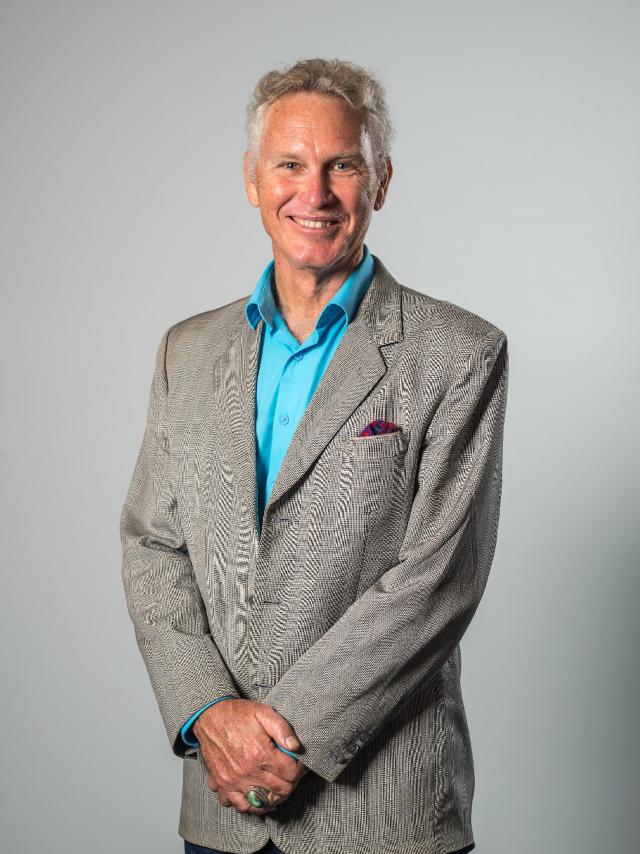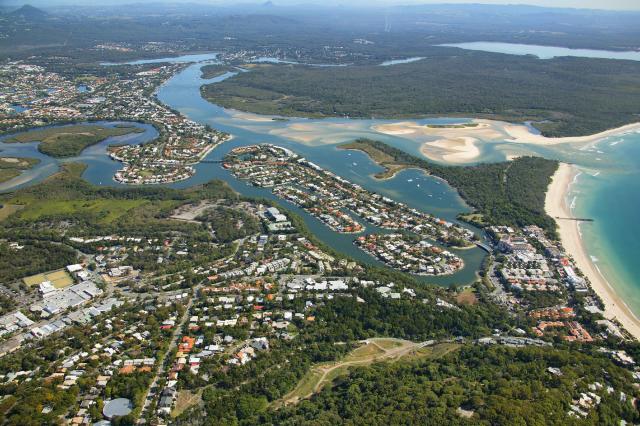The strategy of minimising urban symbols such as high-rise, commercial signage, traffic lights, parking meters and protecting Noosa’s natural assets has helped make it a highly attractive place to live.
That’s why, in an area of high demand like Noosa, the State’s Shaping SEQ Review push to increase population and dwellings won’t, on their own, address affordability here, unless social housing and private industry incentives are part of the mix.
The increased opportunities for free-market dwelling supply created under Noosa Plan 2020 has delivered more dwellings, but are they affordable for key workers on low to moderate incomes? One small 75m2 unit had a price tag close to $1M.
The state’s proposals may allow duplexes and up to three storeys of units on low-density residential lots. Packing out residential streets may see Noosa property in the long-term become more affordable through diminished desirability, but is this a sensible strategy?
To their credit, the state is now backing away from the proposed four to eight storeys indicated in the SEQ document.
Lower cost rental options for residents on low to moderate incomes are now possible under the state planning changes permitting secondary dwellings to be let to non-family members.
There are thousands of lots where this can occur, with more approvals granted each week.
Council advocated for and had been promoting the building of secondary dwellings to be rented to permanent residents, rooming accommodation and parking tiny homes on properties.
Council also has planning scheme amendments before the state for approval since February. The amendments propose initiatives intended to address both supply and affordability.
Council is also partnering with the state and CHPs to house those on low to moderate incomes on centrally located, council and state-owned land close to shops, services and public transport in Tewantin and Cooroy, as highlighted in the Noosa Housing Strategy.
A recent development application for an affordable housing project that could have placed our community’s most vulnerable, including women and children fleeing domestic violence on flood and fire prone land, outside the urban boundary, behind an industrial estate in Cooroy was not supported.
The Noosa Council held fast to its commitment to house residents in need of safe housing in appropriate locations, in accordance with the Housing Strategy and Noosa Plan.
With evidence clearly showing the proliferation of Short Term Accommodation (STA) businesses was reducing the availability of rentals, earlier this year Mayor Stewart wrote to STA owners requesting they consider shifting to permanent letting. Some 107 properties have converted from STA to permanent letting since February.
Noosa Council had already moved to limit the spread of STA businesses in residential neighbourhoods through the Noosa Plan 2020. Council’s Housing Strategy flagged that further limits on STAs were necessary in all residential neighbourhoods to retain more dwellings for residents.
An STA monitoring report prepared for the state found continued growth in use of dwellings for STA, particularly in designated residential zones and business centre zones, compromised housing for permanent residents, “particularly key workers who support the tourism industry with labour, businesses and services.”
It’s acknowledged all levels of government, community and industry need to work together to find community-specific solutions for housing affordability which respects responsible planning and growth.
Noosa Council was one of the first in Queensland to develop a comprehensive Housing Strategy and has been working with a multi-level Housing Reference Group involving State agencies, community housing providers, aged care providers, disability accommodation providers, support service providers and a past Executive Officer of National Shelter.
Noosa Council’s submissions to the Shaping SEQ Review will outline how this community can meet its dwelling targets without drastically increasing population.
The views expressed here are mine and not necessarily the formal position of Noosa Council.
Frank is a former journalist and high school teacher.










